I know you could argue that this construction method is closer to the "Manhattan" style, but these adapter boards sure aren't pretty! In any case, I've found that it works pretty well.
The artwork I used for my original batch of home-etched adapters is probably lost forever. Luckily, it only takes a few minutes to put together a workable adapter board design in Eagle. I've released the following 10 initial designs so far in the GitHub repo:
- 4x_0603 - I usually use through-hole passives, but just in case, this board holds (4) 0603's
- 4x_0805 - same thing for the 0805 package
- 4x_1206 - again for the 1206
- SC70-5 - a common tiny package for analog and single-gate digital ICs
- SOT23-3 - diodes and transistors
- SOT23-5 - analog ICs and single gates
- SOT23-6 - analog ICs
- SOIC8 - always needed for something
- TDFN33-10 - I needed this one for a TS3004 oscillator/timer from SiliconLabs
- TSST8 - this one is for a dual N-,P- channel mosfet
One problem with the home-etched versions was the lack of soldermask, which allowed bridges to easily form between pads. Of course, the new designs include soldermask and silkscreen layers. Here's a rendering of the SOT23-5 board:
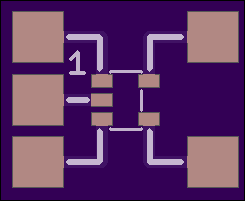
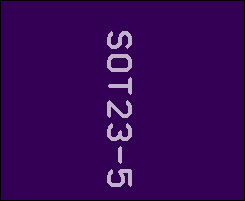
The silkscreen mirrors the traces underneath so you can tell which pads are which - it's more important for some of the other packages. I've used either 0.1" square solder pads as in this example, or 0.05x0.1" for some of the higher pin-count parts. I found either size easy to prototype with; an added mask should make it even easier. The package name is on the bottom silkscreen so you can easily find the correct board in a big bag of them.
NOTICE: as of 7/22/16, I haven't tested *any* of these designs yet - they just went to the fab last night. Some or all of them may be defective in some way. When I've tested them all out, I'll update this note (and the repository, if necessary). Once I know they're good, I'll also share them on OSH Park.
In keeping with the "ugly" theme, these designs aren't particularly elegant or polished. There may be some refinement after the initial boards come back, but if they work, I'll probably just leave them. As I have need to prototype with devices in other SMD packages, I'll add them to the repository.
As shown in the header image, I sometimes use one of these adapters with DIP ICs that need to be socketed - otherwise, I'm a fan of mounting them "dead-bug" style. I plan to make similar designs for smaller DIP packages (8, 14, 16) and corresponding SOIC/TSSOP packages, but that's all that I have planned for now. If anyone would like to contribute a design for a package not included here, or has suggestions for other useful packages, please let me know.
 Ted Yapo
Ted Yapo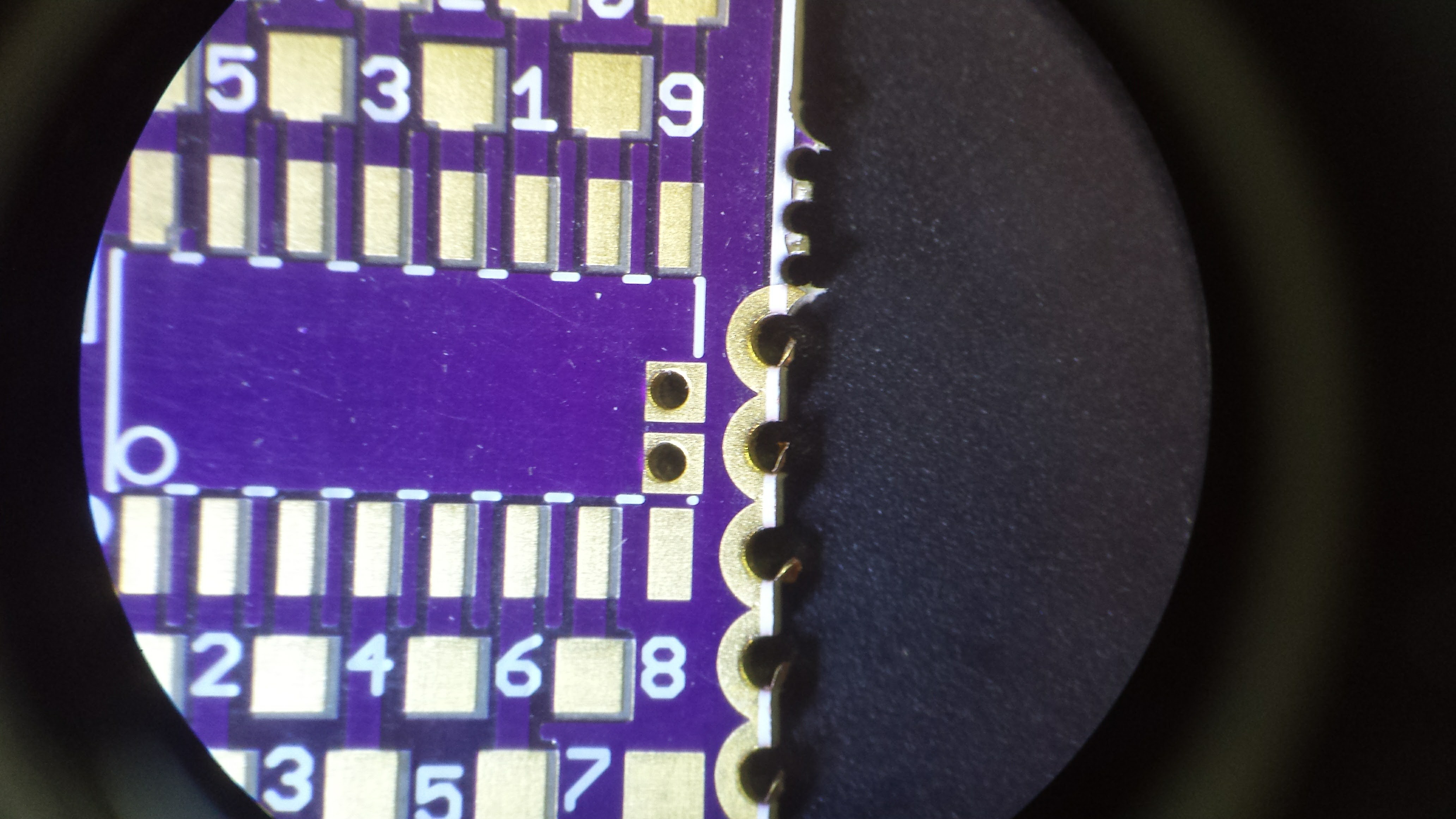
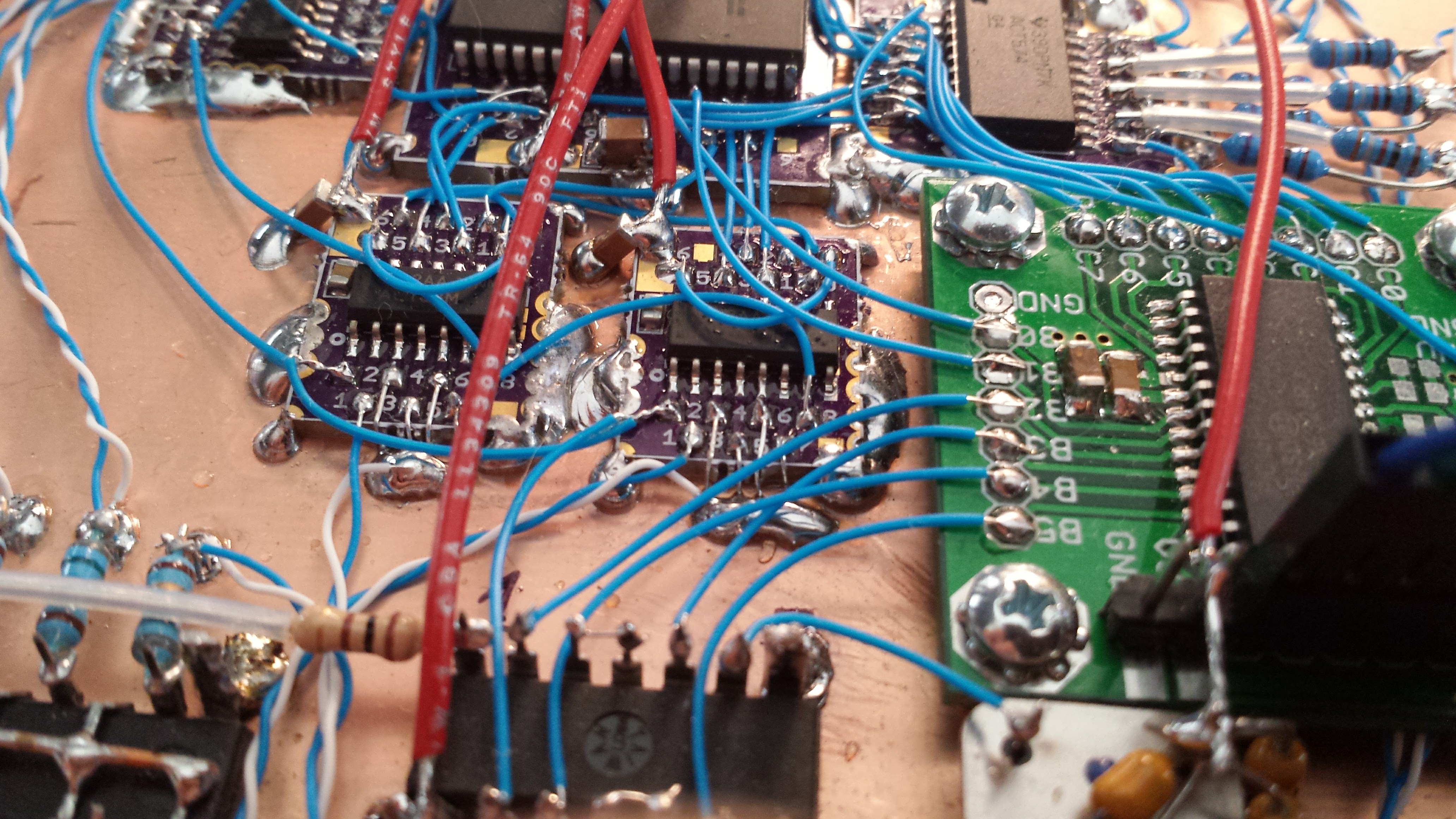
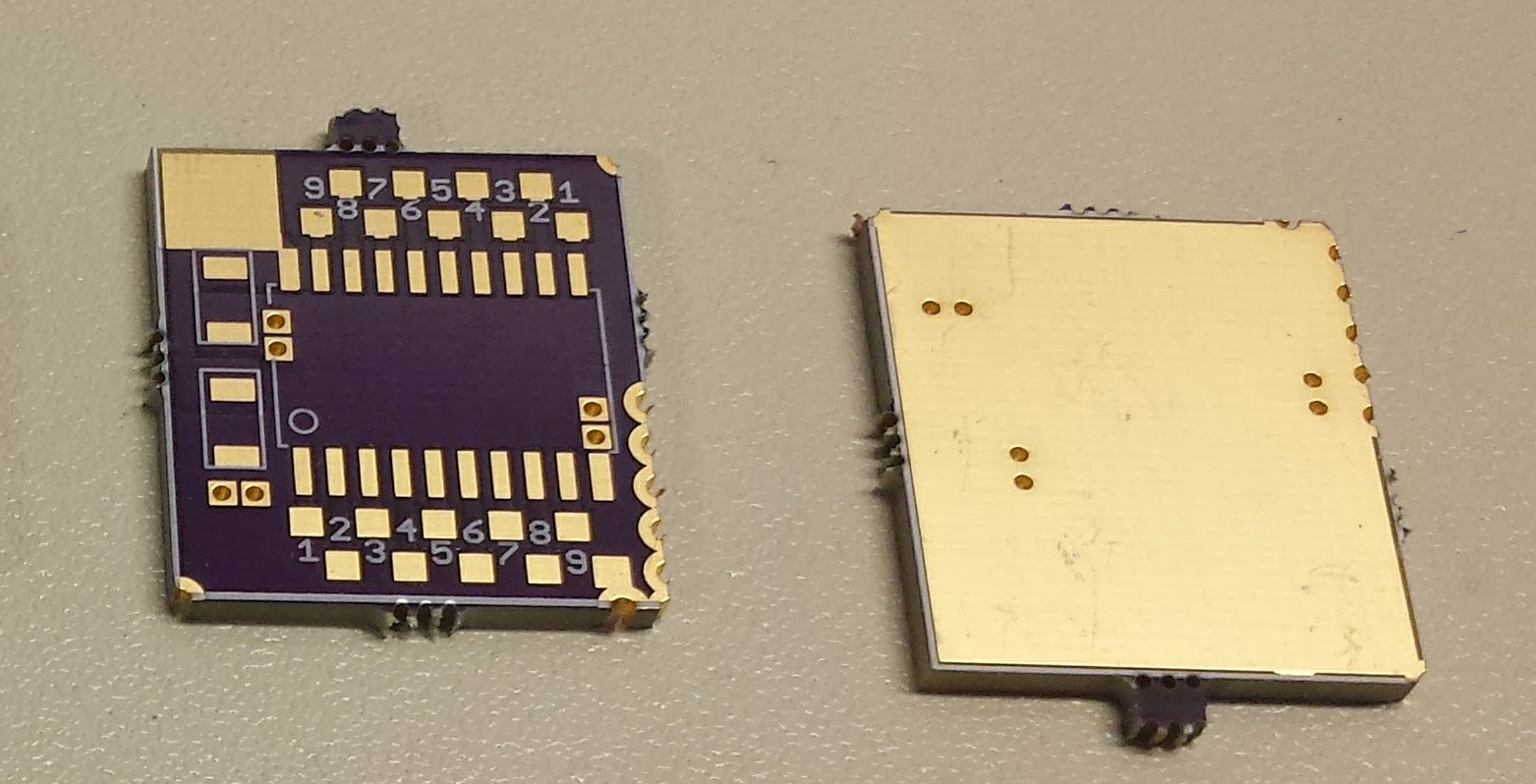
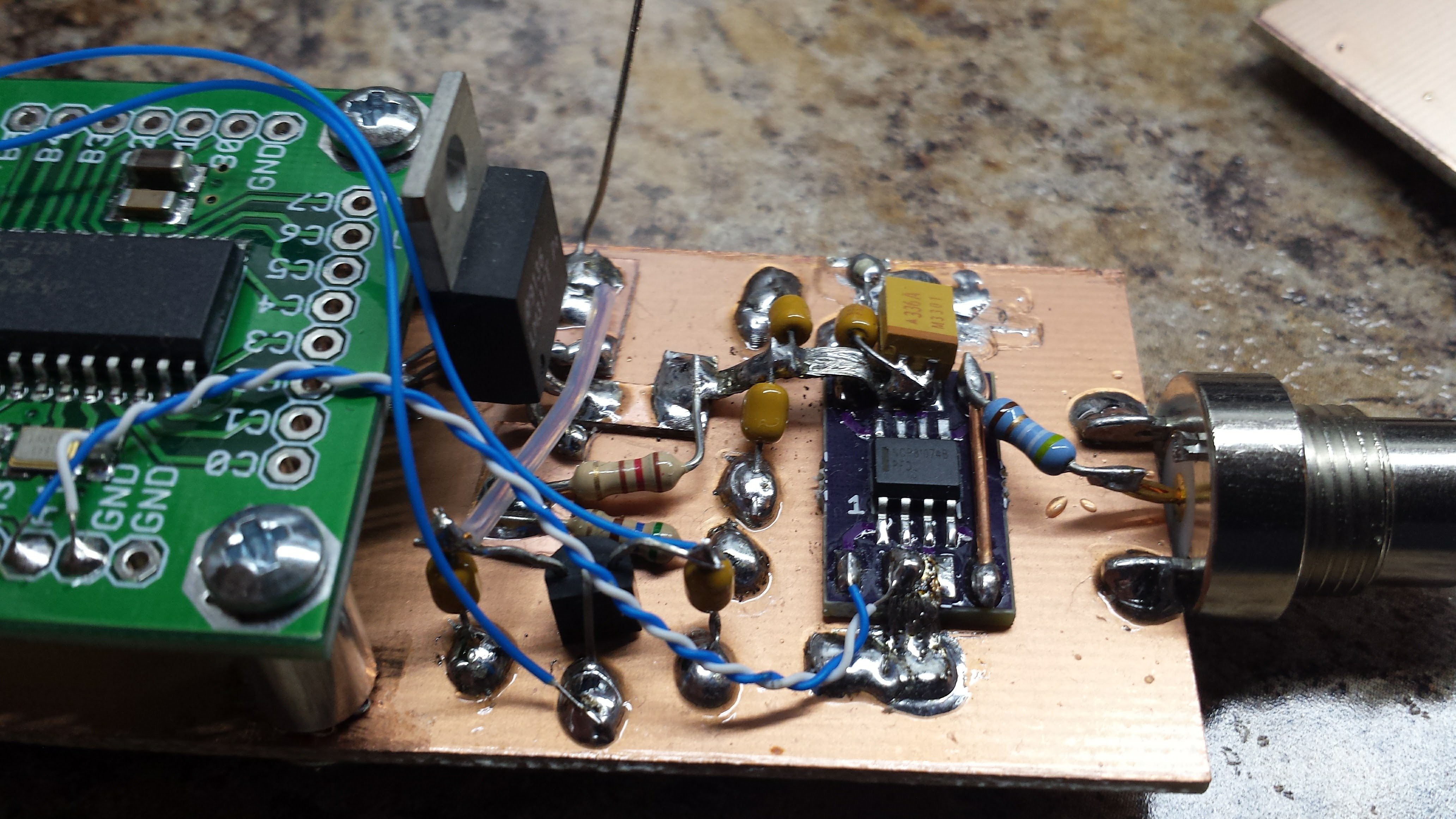
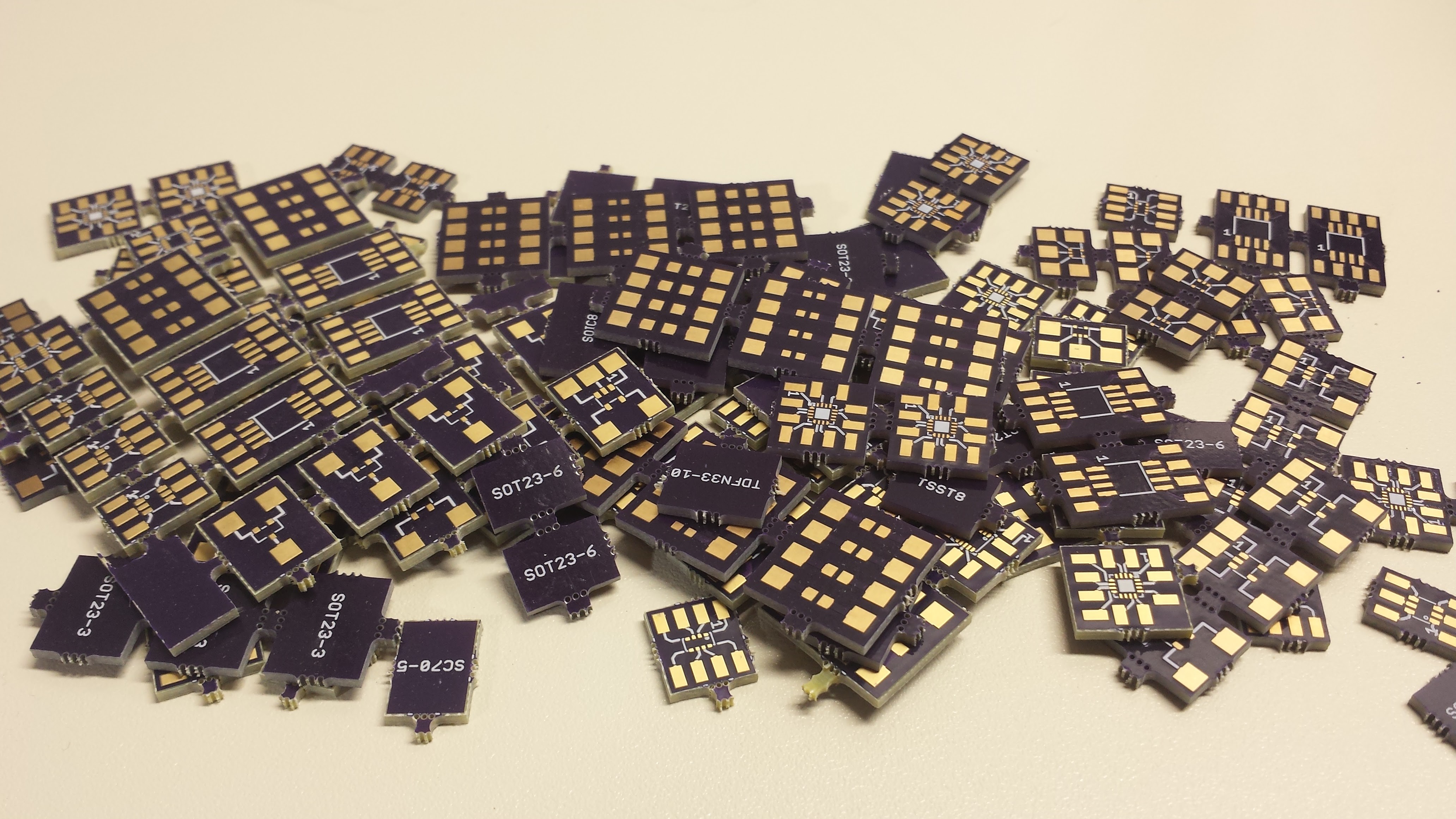
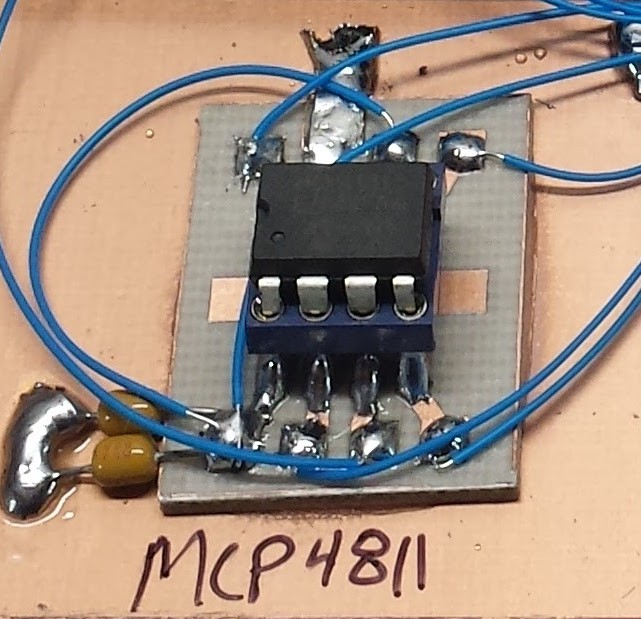
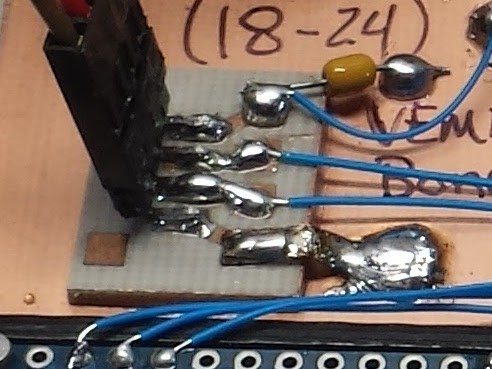




OSH Park does castellations. They're not perfect, but they're usable. I'd really recommend using those. Doing a two-part assembly like you're suggesting is actually really a pain to get working: the small boards reflow first, since they've got less heat capacity, and it's tough to tell when the backplane reflows if the only contact point is below the board.